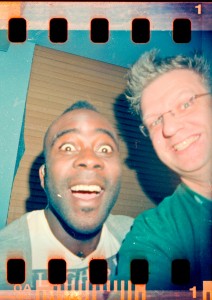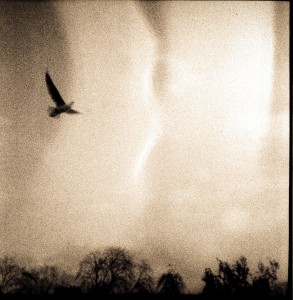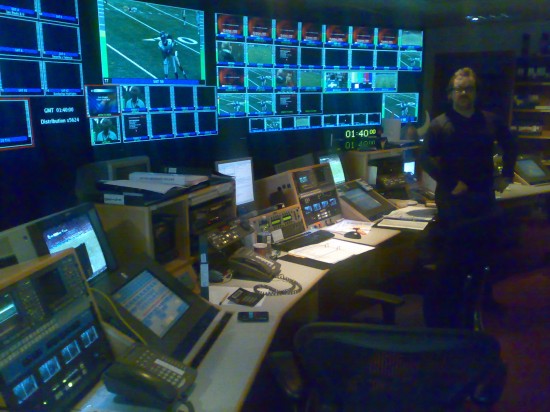
I hadn’t seen my good friend Dave Lee in a while and thought I’d connect with him via email today. When I was finished typing, I realised that it would make an excellent update on this site as well – so let’s have a look at “What’s happening in Jay’s Life” 🙂
With many of my friends, colleagues and Internet acquaintances getting into blogging, I find it hard to keep track of who’s writing an update and when. With Twitter and Facebook it’s so convenient to scan through the headlines if and when I have the time – hence I’m currently looking for a system that lets me check out my friends blogs from a single interface.

 HDCAM was introduced by Sony ages ago in 1997. No other tape based HD broadcast format was around at the time, and it quickly became clear that one was needed for HDTV to succeed.
HDCAM was introduced by Sony ages ago in 1997. No other tape based HD broadcast format was around at the time, and it quickly became clear that one was needed for HDTV to succeed.
